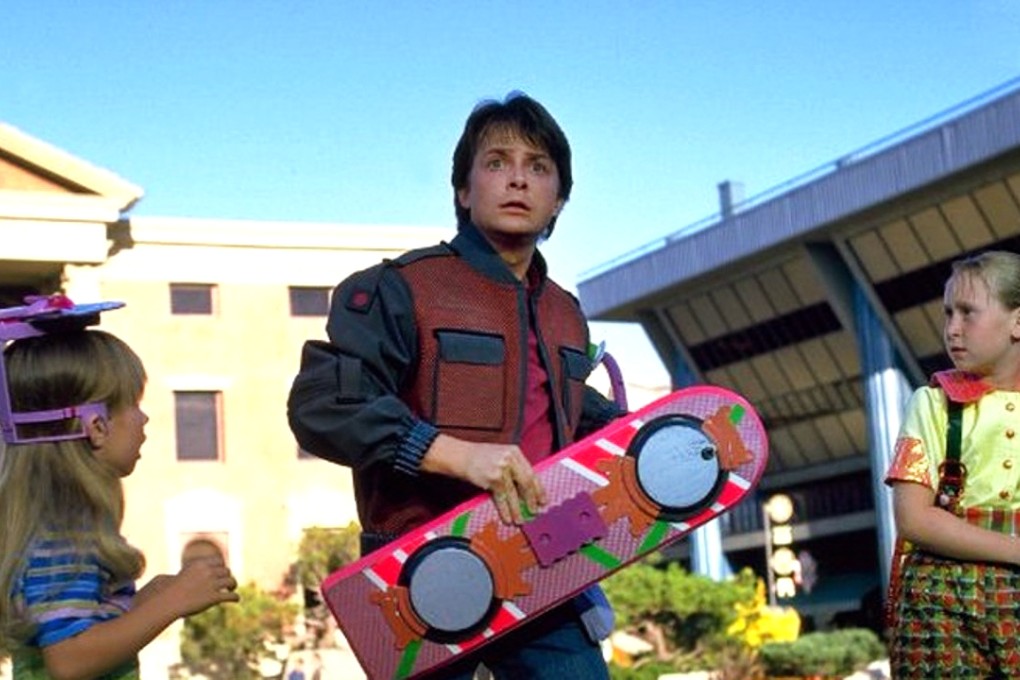Flying cars are coming soon and hoverboards are real, so how far did Back to the Future Part II get 2015 right?
As movie fans celebrate Back to the Future day on October 21, the Post takes a quick look at how much of the futuristic tech shown in the movie sequel in the late 80s has made it into the real world.

Fans of one of the most famous Hollywood movie franchises involving time travel celebrated Back to the Future day on Wednesday, with comical winks appearing in all manner of places such as railway timetable boards in some Western countries.
October 21, 2015 is the date Marty McFly and Dr Emmett Brown fast forward to in the second instalment of the series, thus entering a world populated by futuristic sci-fi gadgets like hoverboards (not to mention their flying car, the DeLorean time machine).

“Roads? Where we’re going, we don’t need roads” Doc Brown says at the beginning of the movie as they set the dials for an imagined future where cars are airborne.
While the world today may be a far cry from how the movie imagined it, some of the technology shown in the movie has become a reality, while some is just around the corner.
